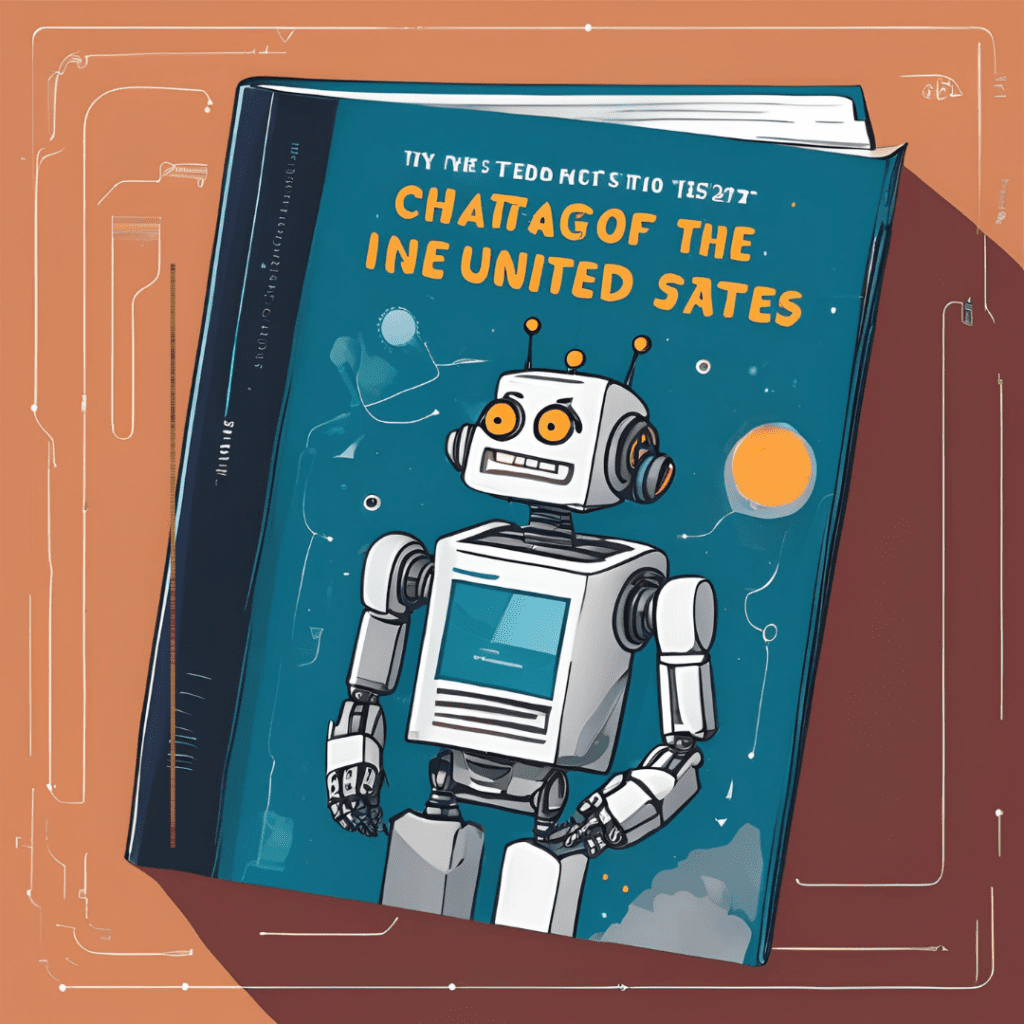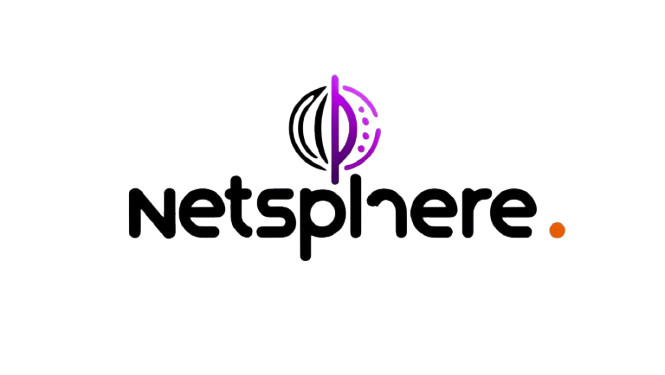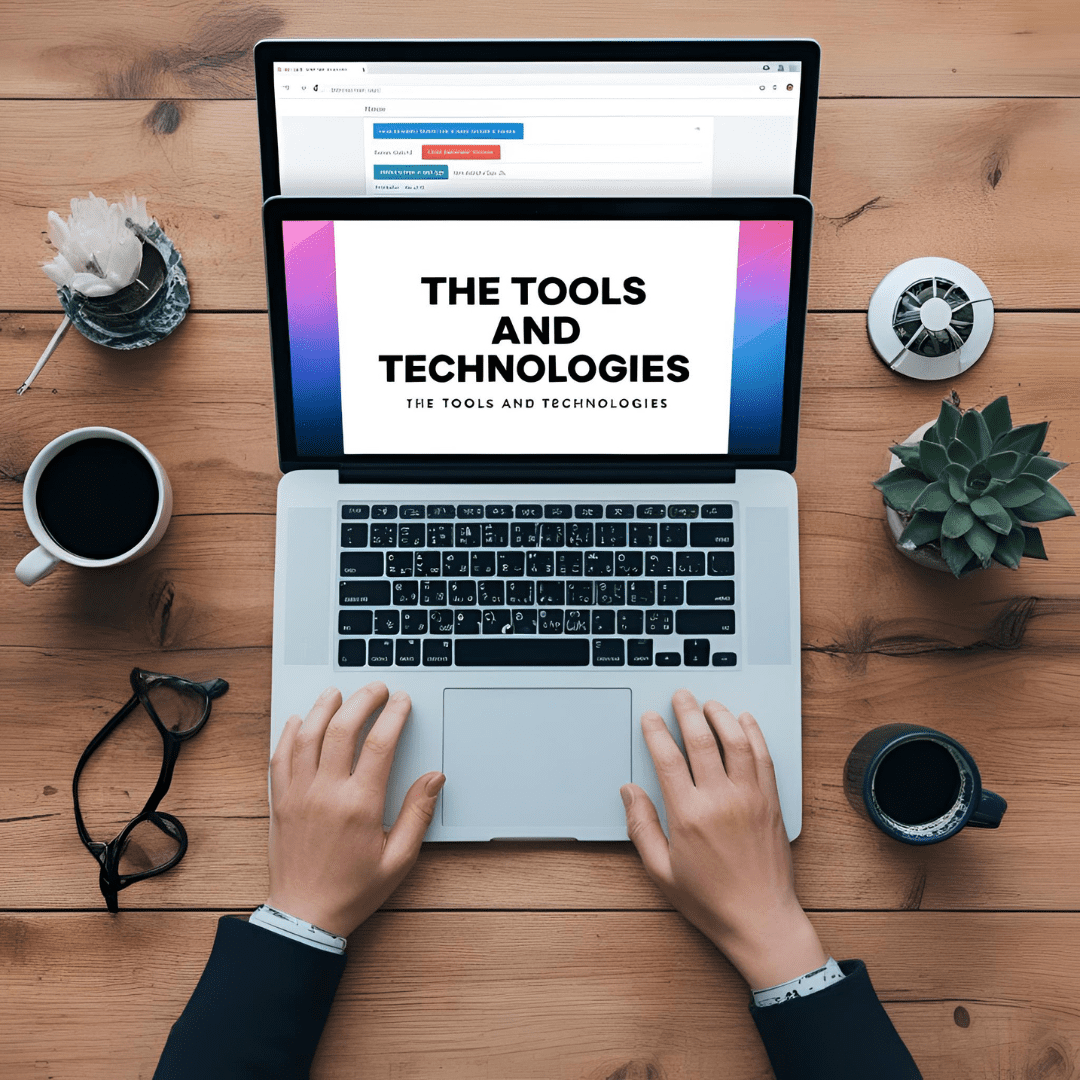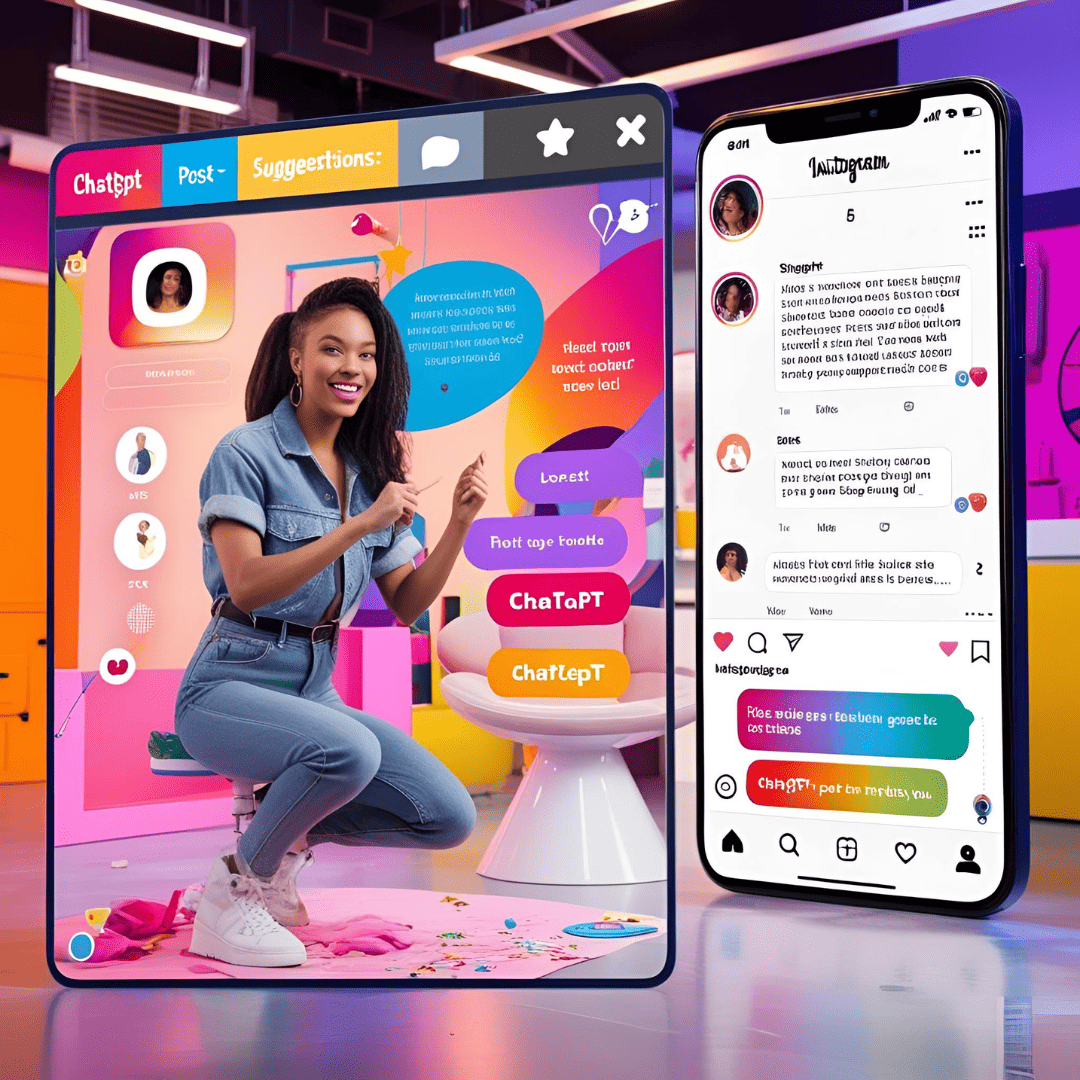The revolution of artificial intelligence has reached classrooms — and ChatGPT, developed by OpenAI, is at the center of this transformation. Since gaining popularity in 2022, educators, students, and educational institutions around the world have been exploring innovative ways to integrate this tool into the learning process.
The Impact in the United States
In the U.S., ChatGPT is already being used in schools, universities, and online learning platforms. Teachers are using AI to:
- Create personalized lesson plans
- Grade essays and provide instant feedback
- Support students with learning difficulties
- Encourage critical and creative thinking
Rather than seeing it as a threat, educators are embracing ChatGPT as a pedagogical partner that boosts student engagement and makes learning more dynamic.

The Global Role of AI in Education
ChatGPT’s use has crossed borders. Countries in Europe, Latin America, and Asia are implementing the tool in various educational initiatives, especially in remote and hybrid learning environments.
In areas with limited access to qualified teachers, ChatGPT is serving as a digital tutor — answering questions, explaining concepts, and reinforcing lessons. This helps democratize access to quality education.
Benefits for Students and Educators
AI can:
- Reduce time spent on repetitive tasks
- Adapt content to different learning styles
- Support digital literacy and the teaching of new skills
- Encourage student autonomy in learning
When used responsibly and ethically, ChatGPT complements the educator’s role — not replacing the essential human aspect of teaching, but enhancing it.
Challenges and Considerations
Despite the advantages, the use of ChatGPT in education also raises important questions:
- How can we prevent students from using AI to cheat?
- What are the limits of AI-generated writing in academic work?
- How can we train teachers to use this technology effectively?
These are key issues being discussed by education and technology experts as AI use continues to grow.
ChatGPT is shaping the future of education — both in the United States and across the globe. When used appropriately, this tool can make learning more accessible, inclusive, and effective. The key is finding a balance between technological innovation and the irreplaceable value of human educators.
The future of education is already here. And it’s powered by artificial intelligence.









